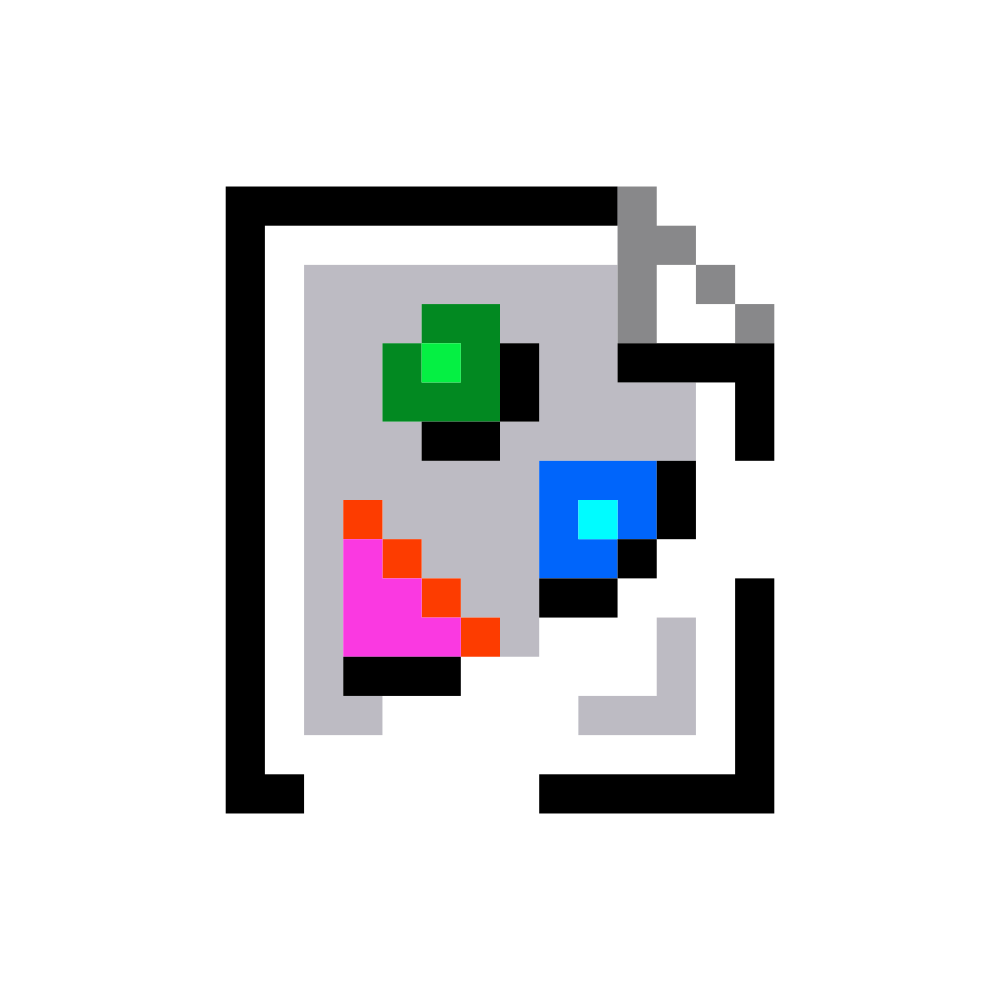You just installed a shiny new fresh install of Linux mint. What are your must install apps/tools?
Fortune. Cowsay.
I’m going to try to mention things I haven’t seen already written, though I may repeat some of the more important ones to me.
(In no particular order)
Terminal:
- Kitty (Main Terminal)
- Fish (Terminal Prompt)
- Neovim (Code/Text editing)
- Zoxide (a directory changer; once you go to a directory, you can type z and a partial name to go back to it)
- Atuin (a command history lister, can get a key and bring over commands from other systems)
- Midnight Commander (CLI file manager)
- Btop (CLI system monitor)
- Palette (I do a lot of theming in different configs as well as HTML/CSS, so its nice to have something to quick convert hex to RGB).
GUI:
- Timeshift (backup/restore)
- Eddie (for AirVPN)
- novelWriter (my FAVORITE writing tool for my books)
- Floorp (Firefox fork browser)
- Conky Manager 2 (desktop monitoring widgets)
- Rofi (keyboard launcher)
- firewalld (tried this out recently, good firewall)
- Flameshot (ALWAYS; its my favorite screenshot tool)
- MPV (I still get VLC, but opt for MPV most of the time for videos/streaming)
- Speedcrunch (A+ calculator)
- Steam
- Lutris
- Protonup-QT (to inject GE Proton into Steam/Lutris)
- Stremio (a great little streaming tool)
I would like to add that I do use Arch, but I’m fairly sure 99% of these packages, if not all of them, are available for most other distros.
For CLI lovers: Check out Terminal Trove
Edit: I did see that someone mentioned no explanations on the apps, so I tried to put a little blurb on each.
For me personally I install kitty terminal and integrate it with fish asap. Then I waste a bunch of time customizing it to my liking. My preferred text editor is Kate regardless of what DE I’m using and I usually get bleachbit for basic cleanup.
There’s a lot of letters here, but nobody is explaining what they mean. How do I know what I need? I’m not gonna install everything, or look up every single program to see.
Úoiggugg🍹🧉
- Kate
- Yakuake
- Brave, Vivaldi, Chromium
- LibreOffice (I use Calc a lot)
- Kate
- Ocular
- DoH-client
- htop
- ncdu
- Windscribe
- virt-manager
… and more I can’t remember right now, because it’s too early in the morning.
EDIT:
- nano
- mc (midnight commander)
People replying - how about telling us why you consider your answer a must-install tool?
I believe Firefox is installed by default on Mint, so install uBO.
Transmission.
Veracrypt.
Audacious.
Timeshift is number 1
Also it’s recommended to not reinstall a bunch of stuff and just install the app when you needed it that’s the power of Linux. Unless you just want to learn the software then disregard
I found Timeshift to be a disappointment. I tested it as I was setting my system up.
- Install Linux Mint, obviously.
- Install most main software I want.
- Do a Timeshift backup.
- Install more software I might want to try eventually.
- Restore the Timeshift backup.
Result: The system still thought all the extra software packages were installed, but none of them actually worked. Like, if Timeshift is gonna uninstall packages that weren’t present in the last backup, shouldn’t it also unregister those packages as well?
To fix all that crap, I had to force reinstall all packages, which takes about as long as a full OS reinstall, but I was already happy with the rest of the configuration, so I ran…
sudo aptitude reinstall '~i'Had similar experience with snapshots. Restore to the last working version just to find the same issue that’s been bothering me.
Then went back to the classic approach with 👻 images and Rescuezilla.
With NVME drive, it takes 7min to backup 60Gb, and 3min to restore it.
LocalSend for quick local network file sharing from my phone that just werks. I prefer it over kde connect because the latter uses lots of random ports that kinda bloat my firewall whitelist. I know there is an alternative called warpinator, but I don’t see a reason to change my preferences for now.
sland KDE plasmaCopyQ is an advanced clipboard manager. Gimp is great but Pinta is easy for quick, minor image adjustments. System Monitor is an applet that displays system information by double clicking on a taskbar icon. If you use VPNs, the IP Indicator applet shows the country of your public IP or customized icon when matching ISP is found.
mpv
pdftk
yt-dlpguix and/or nix
Both are functional package managers and manage dependency trees better than flatpak IMO (also the package description languages mean you can manipulate the package definitions at install time much easier)
If you can’t find a package in guix/nix then it behooves you to use flatpak
I’m a former Windows user, so I install activate-linux for similar experience.
Potentially unpopular opinion: a bunch of rust replacements for the common terminal utilities: eza, bat, dust, fd, helix. Also fish and nushell, yt-dlp, and some of my favorite programming languages.
All of these alternatives and you missed the best one ripgrep (rg). The other ones in my opinion are nice to have. Recursive multi-threaded grep that respects gitignore files is a must for me.
I have it installed on a few of my machines but don’t really find it that useful. But then again that’s specific to my needs and usecases.
I also do this. There are some utilities I’d like to see included directly into most *nix distributions, like fd.
I use bin to manage the utilities, and can setup a new install by just bringing he binary and config. It works great–I highly recommend it.







